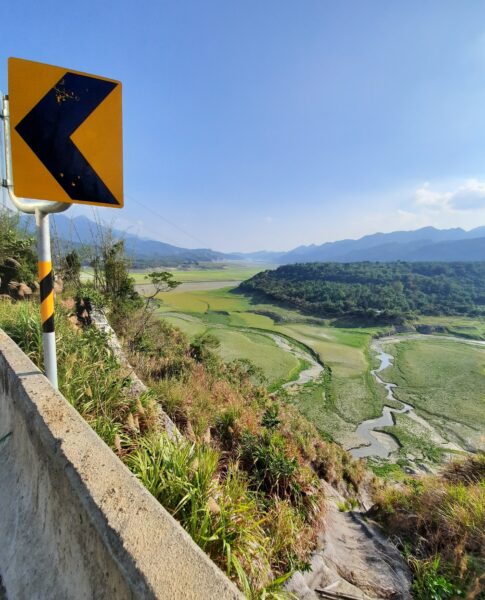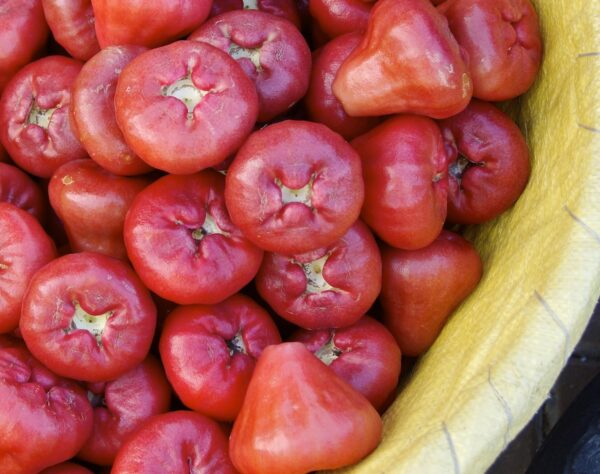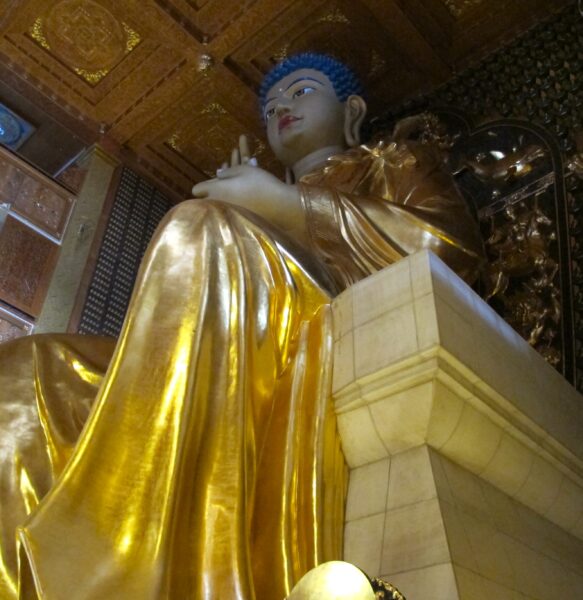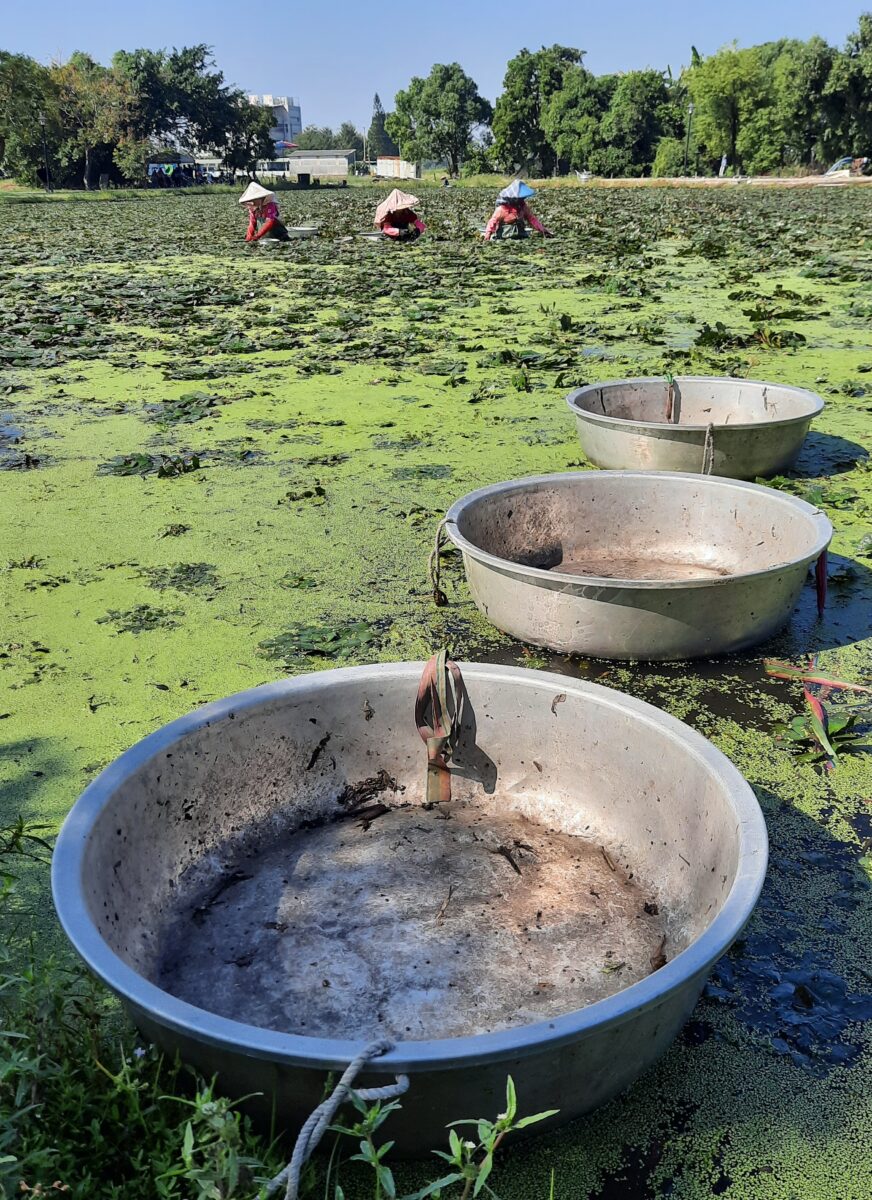 The historic former capital of Tainan and the gorgeous highlands around Alishan are two of the most-requested and most popular destinations among Life of Taiwan’s erudite clients. Getting from the former to the latter, most travellers take the freeway and then Highway 18 up into the hills. But there’s a rewarding alternative for those with plenty of time: The bucolic and charming expanse of countryside that makes up the Siraya National Scenic Area.
The historic former capital of Tainan and the gorgeous highlands around Alishan are two of the most-requested and most popular destinations among Life of Taiwan’s erudite clients. Getting from the former to the latter, most travellers take the freeway and then Highway 18 up into the hills. But there’s a rewarding alternative for those with plenty of time: The bucolic and charming expanse of countryside that makes up the Siraya National Scenic Area.
Unlike Taiwan’s other national scenic areas, the Siraya National Scenic Area doesn’t get its name from a geographical feature. Instead, the name celebrates the Austronesian indigenous people who inhabited the plains around Tainan before and during the brief period of Dutch colonisation (1624-1662). The Siraya aren’t one of the 16 indigenous tribes currently recognised by Taiwan’s government but those who claim Siraya ancestry have been campaigning for several years to be added to the list. Such recognition isn’t just a matter of ethnic dignity; it also opens the door to subsidies.
Siraya activists say the tribe didn’t simply disappear as Han Chinese settlers poured into the region from the 17th century onwards. Elements of Siraya culture live on in the region, even though it’s thought the last speaker of the Siraya language died around 1908. Drawing on word lists compiled by Dutch missionaries and Bible extracts they translated into Siraya, a small team has gradually rebuilt the language. They dream of bringing it to life in much the same way that Hebrew was revived from being purely the sacred language of Judaism to a spoken and written language used in daily life in Israel.
The Siraya scenic area covers 12 districts in Greater Tainan and the township of Zhongpu in neighboring Chiayi County. As far as tourists are concerned, the main points of interest include: the delightful market town of Xinhua; the sunrise spot of Erliao; Guantian’s caltrop fields [pictured near the end of this article]; the Hatta Yoichi Memorial Park; the hot springs resort of Guanziling; and Zengwen Reservoir.
An old street, a new market
If you leave the old heart of Tainan via Highway 20, you’ll soon come to Xinhua. Turning right onto Zhongzheng Road (a short walk from the bus station for those getting around by public transport) reveals one of one of the most intact century-old commercial thoroughfares in Taiwan. After the road was widened in 1920, the authorities encouraged merchants to build new shophouses, and the two-floor properties they created display various Baroque and Art Deco features typical of the era, such as pebble-dash finishing, laurel wreaths, and shield motifs. Shutterbugs will be delighted to notice that most of these details aren’t hidden behind hoardings and that several of the businesses along it are thoroughly traditional. The shop at number 431 sells old-school baked goods; at numbers 425 and 439, you can see rice-husking contrapations (neither has been used for years, however).
A few years ago, Xinhua’s fruit-and-vegetable market (which handles both retail and wholesale trade) moved from of its ramshackle old base to a purpose-built structure on the edge of the town. Created by a Taiwanese-Dutch team, the new market is an open-sided marvel designed to maximise natural lighting and ventilation and thus reduce power consumption. Visitors can walk across the turf-covered roof before taking a look at the delicious pineapples, watermelons, and other locally-grown treasures. Fancy a honeydew melon-flavoured ice cream or a baked sweet potato? These and other ready-to-eat delights are sold within the market.
The majority of Taiwan’s famous sunrise-viewing spots are a mile or more above sea level. The Siraya scenic area has one of the few exceptions, and it’s known as Erliao. From the observation deck here (free to all comers; there’s no parking charge either) you can look inland towards the Central Mountain Range and across the distinctive badlands scenery of Caoshan Moonworld. Almost every part of lowland Taiwan is lush, thanks to the warm and humid climate, so it’s quite a shock to see jagged ridges and eroded hillocks bereft of vegetation. Harsh terrain notwithstanding, a few people do make a living farming hereabouts, growing bamboo and bananas. Getting here by public transport in time for the sunrise is simply impossible — but if you’re experiencing the island via a Taiwan private guided tour, you’re driver-guide can ensure you set out from your hotel in time to catch the dazzling first rays of the morning!

Solving the south’s water problem
Continuing inland from Caoshan Moonworld on Highway 20, the next significant settlement is Yujing. Nowadays associated with its incredible mangoes, just over a century ago it was a witness to great violence. Angered by the exploitative and intolerant nature of Japanese colonial rule, in 1915 factions influenced by mysticism and magical beliefs launched a rebellion. What became known as the Tapani Incident (after the Japanese pronunciation of the old name of Yujing) dragged on for several months during which at least 1,000 Taiwanese died. Many of the rebels wore temple talismans, believing these could protect them from bullets.
Japanese police and civilians also suffered heavy casulties but it was the discipline of the former that prevented the insurgents from getting hold of modern firearms and ammunition. Whenever patrols were ambushed or isolated outposts beseiged, the Japanese fought hard, but as soon as it was obvious they’d be defeated they’d destroy their weapons so they wouldn’t fall into enemy hands. A few reminders of the Tapani Incident have been preserved in Yujing. To find them, you may want to enlist the help of a knowledgeable private guide.

Japan’s impact on the countryside
Both Zengwen and Nanhua reservoirs came into existence after Taiwan was well down the path of industrialisation. Wushantou Reservoir is much older and its creation is inextricably tied to the story of Hatta Yoichi. An engineer assigned to the area by the Japanese colonial authorities, Hatta supervised the construction between 1920 and 1930 not only of the dam itself but also a sprawling network of irrigation channels. By ensuring stable water supplies, an impoverished region that previously had been prone to both floods and droughts began generating huge rice surpluses.
The local population was so grateful to Hatta they quickly raised money to cast a bronze statue of the engineer. Embarassed by this, Hatta said he’d only agree to it if it showed him sat on the ground, deep in thought as if trying to solve a difficult engineering problem. The statue itself has had an interesting existence. After World War II (during which Hatta died aboard a torpedoed ship), the new Chinese Nationalist regime ordered its destruction, but instead sympathetic reservoir employees hid it in a storeroom. As Taiwanese politics and society liberalised in the 1990s the statue reemerged and was returned to its original spot overlooking the reservoir. In 2017 it was beheaded by a minor politician who backs China’s efforts to unify with Taiwan and bemoans the pro-Japan sentiments expressed by many Taiwanese — and then quickly repaired!
Whether you expect to head from Tainan to Alishan or the other way around, or even to make your way slowly towards the east coast, Life of Taiwan’s expert itinerary designers can plan out a schedule that factors in your dietary and accommodation preferences and goes at just the right speed. Contact us today to get the ball rolling on the Taiwan holiday of a lifetime!
